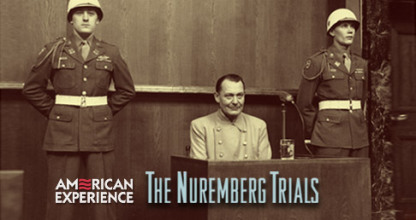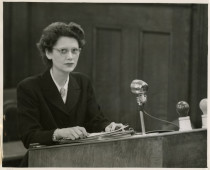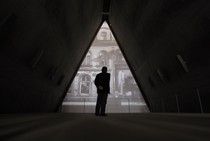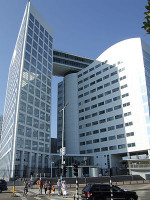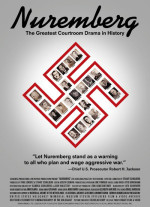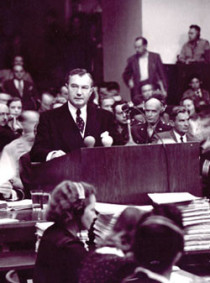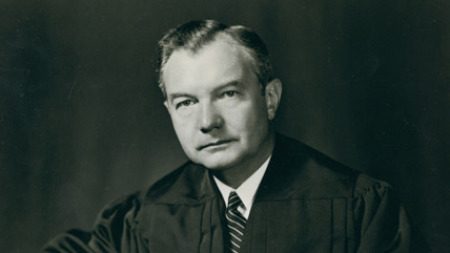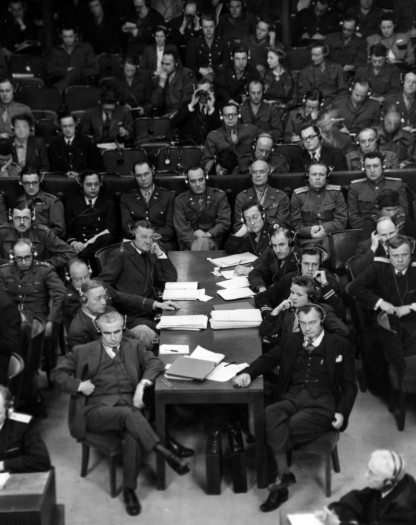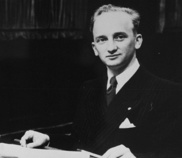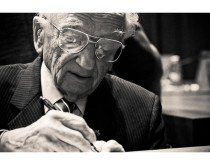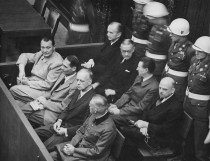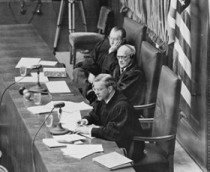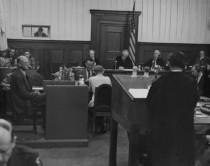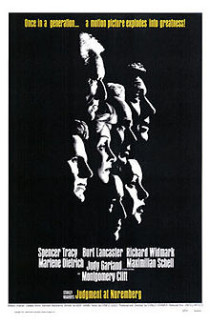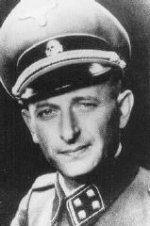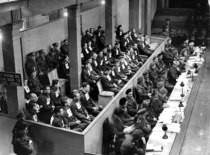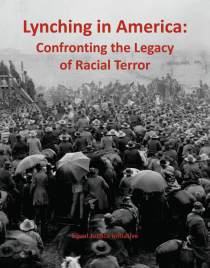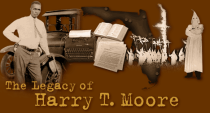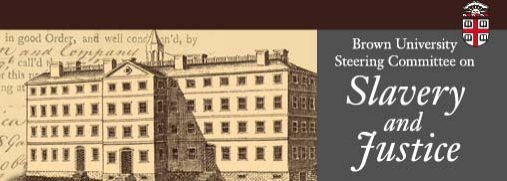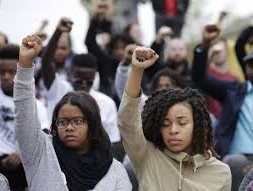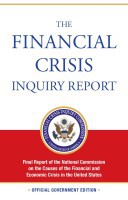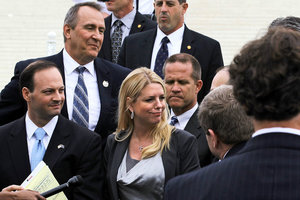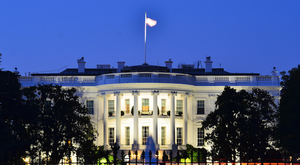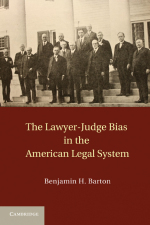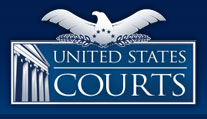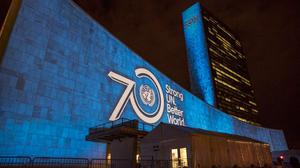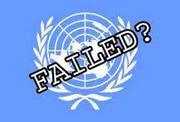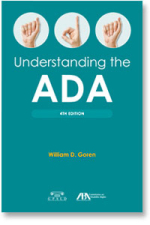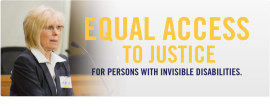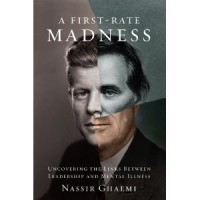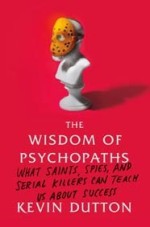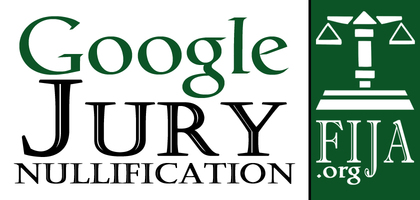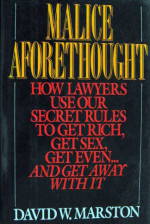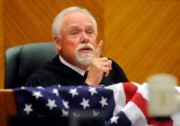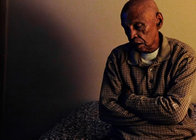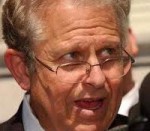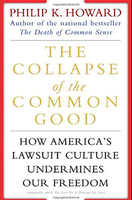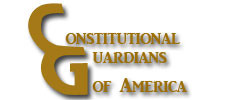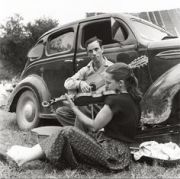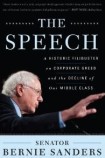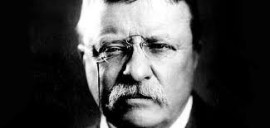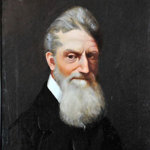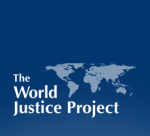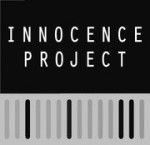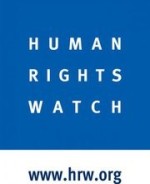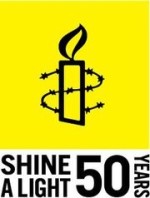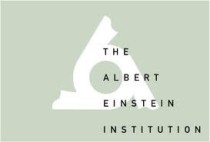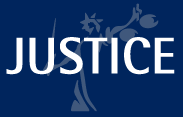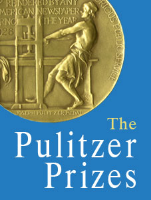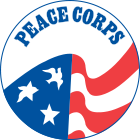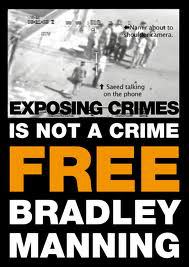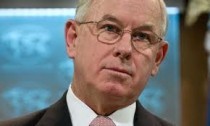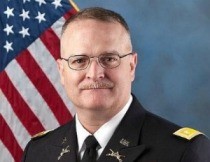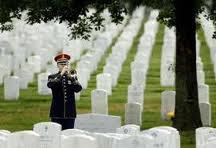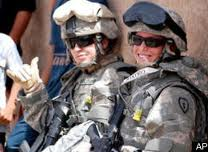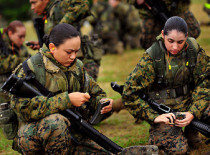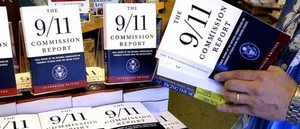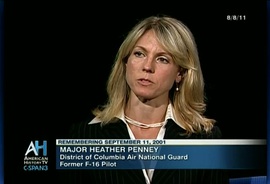...........................The Nuremberg Trials.....................................
Link to Nuremberg executions, Wikipedia
Harvard Law School Library Nuremberg Trials Project
The Harvard Law School Library has approximately one million
pages of documents relating to the trial of military and political leaders of Nazi Germany before the International Military Tribunal (IMT) and to the twelve trials of other accused war criminals
before the United States Nuremberg Military Tribunals (NMT).
The documents, which include trial transcripts, briefs, document books, evidence files, and other papers, have been studied by lawyers, scholars, and other researchers in
the areas of history, ethics, genocide, and war crimes, and are of particular interest to officials and students of current international tribunals involving war crimes and crimes against
humanity. Read more
A Plea for Humanity: The Einsatzgruppen on Trial
Benjamin Ferencz, International Law Scholar and Former Nuremberg Prosecutor, shares his experience as Chief Prosecutor at the trial of the Einsatzgruppen commanders.
The Last Man at Nuremberg
The Atlantic
By Emma Green
May 9, 2014
The life of 95-year-old Benjamin Ferencz, the only living prosecutor from the war-crime trials that followed the Holocaust
Benjamin Ferencz was 27 when the Einsatzgruppen trial began in 1947. There were 22 defendants, all men, all members of the German SS. "One of the counsel has characterized this trial as the biggest murder trial in history," the military tribunal wrote. "In this case, the defendants are not … charged with sitting in an office hundreds and thousands of miles away from the slaughter.… These men were in the field actively superintending, controlling, directing, and taking an active part in the bloody harvest." Put simply, the Einsatzgruppen were exterminators: Their squads traveled to towns throughout Eastern Europe, rounding up Jews and shooting them with mechanized efficiency. Some mass graves were filled with hundreds of bodies; others, thousands.
Otto Ohlendorf, Paul Blobel, and almost two dozen others led these divisions of Hitler’s army; after the war, they were indicted for crimes against humanity. Benjamin Ferencz was 27, and he was the chief prosecutor responsible for convicting 22 men on trial for murdering 1 million men, women, and children.
In the nearly 70 years since he took part in the trials at Nuremberg, Ferencz has lived a remarkable life. He led efforts to return property to Holocaust survivors after the war and participated in reparations negotiations between Israel and West Germany. He wrote multiple books, including a hefty, two-volume tome outlining his ideas for the body that would later become the International Criminal Court. He fathered four children.
Now he’s 95, and tired. "I’m getting old," he said. "I’m running out of steam. I need help from young people." Read more
Film shown at Nuremberg War Crimes Trials
........................Command Responsibility................................
Command Responsibility is an omission mode of individual criminal liability: the superior is responsible for crimes committed by his subordinates and for failing to prevent or punish (as opposed to crimes he ordered).
Left: The International Criminal Court in
The Hague
Nuremberg: Its Lesson for Today
NUREMBERG: ITS LESSON FOR TODAY
The Schulberg/Waletzky Restoration
One of the greatest courtroom dramas in history, Nuremberg: Its Lesson For Today shows how the four allied prosecution teams — from the United States, Great Britain, France, and the Soviet Union —
built their case against the top Nazi leaders. As documented in the film, the trial established the "Nuremberg principles," laying the groundwork for all subsequent prosecutions, anywhere in the
world, for crimes against the peace, war crimes, crimes against humanity, and genocide. Read more
Long-Forgotten Film on the Nuremberg Trials Helps Rekindle Interest in the Holocaust
Long-Forgotten Film on the Nuremberg Trials Helps Rekindle Interest in the Holocaust
ABA Journal Law News Now
By Terry Carter
February 11, 2011
Associate Justice Robert H. Jackson was cussing mad when he wrote a letter to Secretary of the Army Kenneth Royall on Oct. 21, 1948. And it had nothing to do with the business of the Supreme Court.
In two single-spaced pages, Jackson was detailing why the Army should OK the U.S. release of a documentary film it had made about the first Nuremberg trial, where Jackson had served as lead
prosecutor. He had learned that the government denied the New York City Bar Association's request to show the film.
Jackson described to Royall a profanity-laden letter he'd already sent to the city bar's president, Harrison Tweed, decrying what he saw as a bone-headed decision. He said Tweed had asked whether the
letter could be read to the group—minus the profanity. "I told him he could read it if he would not cut out the profanity," Jackson wrote Royall, underlining his displeasure.
The Robert H. Jackson Center Nuremberg principles, Wikipedia
U.S. Supreme Court Justice Robert Jackson, in his opening statement as the chief prosecutor at Nuremberg, reminds us "The [Nuremberg] charter recognizes that
one who has committed a criminal act may not take refuge in superior orders nor in the doctrine that his crimes were acts of state."
The United States and the International Criminal Court; Carr Center for Human Rights Policy, working paper T-00-02, The International Criminal Court
Working paper T-00-02, International Cri[...]
Adobe Acrobat document [71.1 KB]
........................The Robert H. Jackson Center.......................
Robert H. Jackson (1892-1954) was a leading American lawyer, judge, writer and life of the 20th century. He served as a United States Supreme Court Justice from 1941 until 1954. During 1945-46, Justice Jackson was the architect of the international trial process and then the chief prosecutor of the surviving Nazi leaders at Nuremberg, Germany.
- Robert H. Jackson, Jackson Center Biography
- Robert H. Jackson, Wikipedia
- Jackson Center Nuremberg timeline
RobertHJacksonCenter - YouTube
The International Criminal Court - ICC - The Hague
Benjamin Ferencz, the only surviving member of the prosecution team at Nuremberg, is a fierce critic of illegal U.S. war-making. In response to U.S. war crimes in Vietnam, he dedicated the rest of his life to establishing an International Criminal Court (ICC) that could prosecute senior officials of any government who commit aggression and other war crimes. The Rome Statute (PDF)
Ferencz is hailed as the founding father of the ICC, but his vision of "Law Not War" remains unfulfilled as long as his own country, the United States, refuses to recognize the jurisdiction of either the ICC or the International Court of Justice (ICJ). Read more
Benjamin B. Ferencz
Wikipedia
Benjamin Berell[1] Ferencz (born March 11, 1920)[2][3] is a Hungarian-born American lawyer. He was an investigator of Nazi war crimes after World War II and the Chief Prosecutor for the United States Army at the Einsatzgruppen Trial, one of the twelve military trials held by the U.S. authorities at Nuremberg, Germany. Later, he became an advocate of the establishment of an international rule of law and of an International Criminal Court. From 1985 to 1996, he was Adjunct Professor of International Law at Pace University. Read more
- Benjamin B. Ferencz website Law. Not war.
- Ben Ferencz Facebook
The Nuremberg Trials - 1945-46 at the Palace of Justice
Nuremberg Trials
Wikipedia
The Nuremberg Trials were a series of military tribunals, held by the main victorious Allied forces of World War II, most notable for the prosecution of prominent members of the political, military,
and economic leadership of the defeated Nazi Germany. The trials were held in the city of Nuremberg, Bavaria, Germany, in 1945-46, at the Palace of Justice. The first and best known of these trials
was the Trial of the Major War Criminals before the International Military Tribunal (IMT), which tried 24 of the most important captured leaders of Nazi Germany, though several key architects of the
war (such as Adolf Hitler, Heinrich Himmler, and Joseph Goebbels) had committed suicide before the trials began. Read
more
Subsequent Nuremberg Trials - 1946 to 1949
Subsequent Nuremberg Trials
Wikipedia
The Subsequent Nuremberg Trials (more formally, the Trials of War Criminals before the Nuremberg Military Tribunals) were a series
of twelve U.S. military tribunals for war crimes against surviving members of the military, political, and economical leadership of Nazi Germany, held in the Palace of Justice, Nuremberg, after World
War II from 1946 to 1949 following the Trial of the Major War Criminals before the International Military Tribunal.
Although it had been initially planned to hold more than just one international trial at the IMT, the growing differences between the victorious allies (the United
States, United Kingdom, France, and Soviet Union) made this impossible. However, the Control Council Law No. 10, which the Allied Control Council had issued on December 20, 1945, empowered any of the
occupying authorities to try suspected war criminals in their respective occupation zones. Based on this law, the U.S. authorities proceeded after the end of the initial Nuremberg Trial against the
major war criminals to hold another twelve trials in Nuremberg. The judges in all these trials were American, and so were the prosecutors; the Chief of Counsel for the Prosecution was Brigadier
General Telford Taylor. In the other occupation zones similar trials took place. Read more
Judges' Trial at Nuremberg, one of 12 subsequent Trials
Wikipedia
The Judges' Trial (or the Justice Trial, or, officially, The United States of America vs. Josef Altstötter, et al.) was the third
of the 12 trials for war crimes the U.S. authorities held in their occupation zone in Germany in Nuremberg after the end of World War II. These twelve trials were all held before U.S. military
courts, not before the International Military Tribunal, but took place in the same rooms at the Palace of Justice. The twelve U.S. trials are collectively known as the "Subsequent Nuremberg Trials"
or, more formally, as the "Trials of War Criminals before the Nuremberg Military Tribunals" (NMT).
The defendants in this case were 16 German jurists and lawyers. Nine had been officials of the Reich Ministry of Justice, the others were prosecutors and judges of the
Special Courts and People's Courts of Nazi Germany. They were — amongst other charges — held responsible for implementing and furthering the Nazi "racial purity" program through the eugenic and
racial laws. Read more
Nazi Executions at the Nuremberg Trials
*Educational Purpose
Execution of War Criminals, Landsberg, Germany, 12/12/1945
The Nuremberg Trials were a series of military tribunals, held by the Allied forces of World War II, most notable for the prosecution of prominent members of the political, military, and economic
leadership of the Nazi Germany. The trials were held in the city of Nuremberg, Bavaria, Germany, in 1945--46, at the Palace of Justice.
The first and best known of these trials, described as "[t]he greatest trial in history" by Norman Birkett, one of the British judges who presided over it, was the Trial of the Major War Criminals before the International Military Tribunal (IMT). Held between 20 November 1945 and 1 October 1946, the Tribunal was given the task of trying 23 of the most important political and military leaders of the Third Reich, though one of the defendants, Martin Bormann, was tried in absentia, while another, Robert Ley, committed suicide within a week of the trial's commencement. Absent from the 23 were Adolf Hitler, Heinrich Himmler, and Joseph Goebbels, all of whom had committed suicide several months before the indictment was signed.
The second set of trials of lesser war criminals was conducted under Control Council Law No. 10 at the US Nuremberg Military Tribunals (NMT); among them included the Doctors' Trial and the Judges' Trial. This article primarily deals with the IMT; see the Subsequent Nuremberg Trials for details on those trials...
Participants
Each of the four countries provided one judge and an alternate, as well as a prosecutor...
Defense Counsel
The majority of defense attorneys were German lawyers. These included Georg Fröschmann, Heinz Fritz (Hans Fritzsche), Otto Pannenbecker (Wilhelm Frick), Alfred Thoma (Alfred Rosenberg), Kurt Kauffmann (Ernst Kaltenbrunner), Hans Laternser (general staff and high command), Franz Exner (Alfred Jodl), Alfred Seidl (Hans Frank), Otto Stahmer (Hermann Göring), Walter Ballas (Gustav Krupp von Bohlen und Halbach), Hans Flächsner (Albert Speer), Günther von Rohrscheidt (Rudolf Heß), Egon Kubuschok (Franz von Papen), Robert Servatius (Fritz Sauckel), Fritz Sauter (Joachim von Ribbentrop), Walther Funk (Baldur von Schirach), Hanns Marx (Julius Streicher), Otto Nelte and Herbert Kraus. The main counsels were supported by a total of 70 assistants, clerks and lawyers...
The International Military Tribunal was opened on October 20, 1945, in the Palace of Justice in Nuremberg...
The accusers were successful in unveiling the background of developments that had led to the outbreak of World War II, which cost at least 40 million lives in Europe alone, as well as the extent of the atrocities committed in the name of the Hitler regime. Twelve of the accused were sentenced to death, seven received prison sentences, and three were acquitted.
The death sentences were carried out 16 October 1946 by hanging using the standard drop method instead of long drop. The U.S. army denied claims that the drop length was too short which caused the condemned to die slowly from strangulation instead of quickly from a broken neck. But evidence remains that some of the condemned men died agonizingly slowly taking from between 14 minutes to choke to death to as longs as struggling for 28 minutes. The executioner was John C. Woods. The executions took place in the gymnasium of the court building (demolished in 1983)...
Albert Speer: The Nazi who said Sorry
Albert Speer: The Nazi who said Sorry
Published on Feb 2, 2014 by Dr. Alan Brown
This is a documentary focused on the work of Albert Speer, Hitler's personal architect and Minister for Armaments from 1942. From the acclaimed 'Reputations' series, the film examines Speer's complicity in the crimes of the Third Reich, and also his attempts to find some sort of rehabilitation. There is considerable input from the late Gitta Sereny who interviewed Speer in old age. Uploaded for educational purposes only. Read more
Judgment at Nuremberg - Spencer Tracy film
Judgment at Nuremberg
Judgment at Nuremberg is a 1961 fictionalized film account of the post-World War II Nuremberg Trials. It was written by Abby Mann, directed by Stanley Kramer, and starred
Spencer Tracy, Burt Lancaster, Richard Widmark, Maximilian Schell, Werner Klemperer, Marlene Dietrich, Judy Garland, William Shatner and Montgomery Clift. An earlier adaptation had been broadcast as
a television movie. It was among the first films to be made about the Holocaust. Read more
The Trial of Adolf Eichmann - April 11, 1961 Jerusalem
Eichman evaded the Nuremberg Trials, but not justice
US Holocaust Museum
Eichmann Trial
After World War II, Nazi war criminal Adolf Eichmann fled from Austria and made his way to Argentina where he lived under the name Ricardo Klement. In May 1960, Israeli Security Service agents seized Eichmann in Argentina and took him to Jerusalem for trial in an Israeli court. Eichmann testified from a bulletproof glass booth. Read more
YouTube Channel The Eichmann Trial
Adolf Eichmann Wikipedia
The Trial of Adolf Eichmann Remember.org
The Trial of Adolf Eichmann
HolocaustResearchProject.org
A Brief Biography on Adolf Eichmann
Born in Solingen, Germany, Adolf Eichmann was the son of a businessman and industrialist, Karl Adolf Eichmann. In 1914.
Eichmann joined the Austrian branch of the NSDAP (member number 889 895) and of the SS, enlisting on 1 April 1932, as an SS-Anwärter. He was accepted as a full SS member that November, appointed an
SS-Mann, and assigned the SS number 45326.
For the next year, Eichmann was a member of the Allgemeine-SS and served in a mustering formation operating from Salzburg.
In September 1934 Eichmann landed a position in Heydrich's SD, the powerful SS security service. There he started out as a filing clerk cataloguing information about Freemasons. Predictably, the Nazis believed that the Masons were assisting the Jews in their attempts to gain world domination. Read more
- Capture of Adolf Eichmann Jewish Virtual Library
- Eichmann Trial Horrors of the Holocaust
- Trial of Adolf Eichmann. National Center for Jewish Film
- Adolf Eichmann: The Mind of a War Criminal (BBC)
- Eichmann and the Private Conscience, The Atlantic
- Martin Freeman: exposing Adolf Eichmann, The Guardian
This is the final 44 minutes of the 1997 PBS documentary detailing the main points of the Adolf Eichmann trial in which a panel of three Israeli judges listened to
testimony, weighed evidence and came to an inevitable verdict. This man was personally responsible for the systematic murder of numerous European Jews whom he viewed as worthless. Remorseless and
defiant to the last, he denied the supposition that God's laws apply to everyone equally or that everyone has an equal right to life itself. He was executed on 6/1/62.
Note: a witness mentions his daughter having worn a red coat on her way to a death camp. This story was borrowed and added to the movie Schindler's List.

